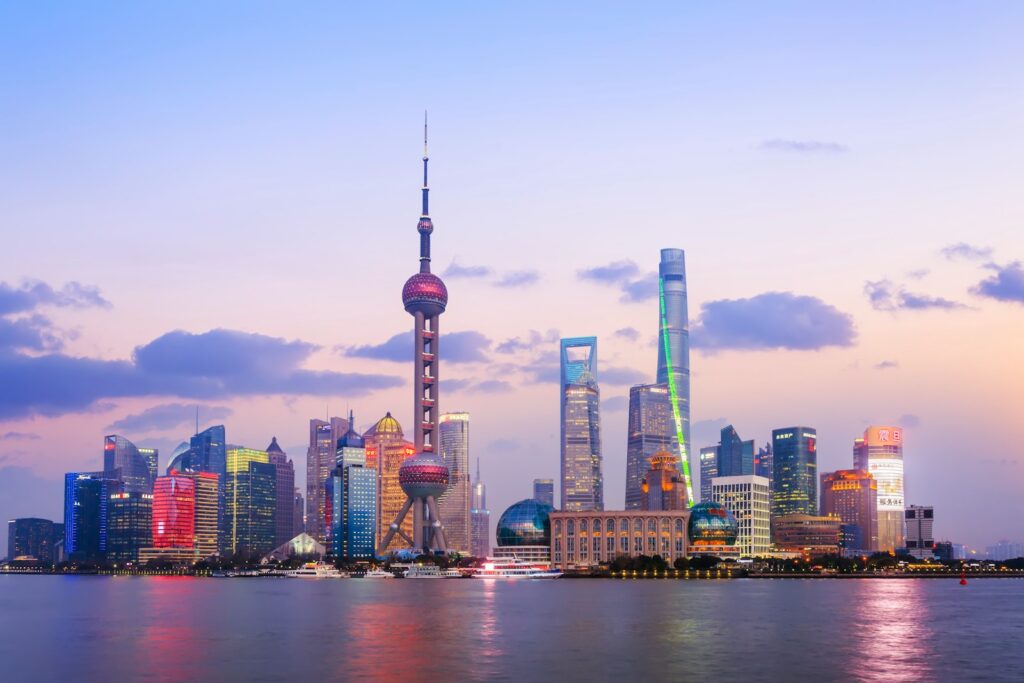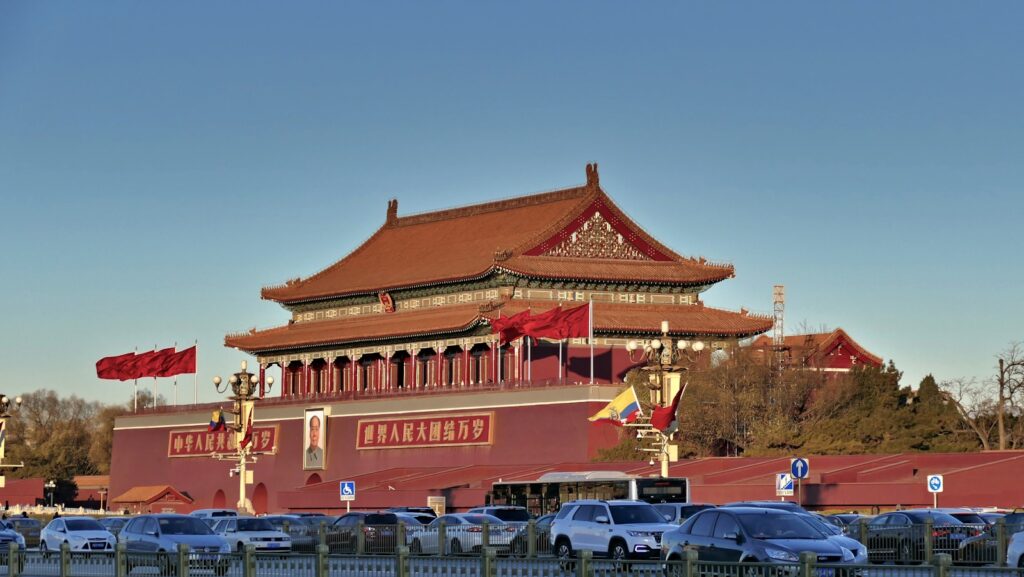
On a crisp Wednesday in Beijing, President Xi Jinping hosted a once-in-a-decade military parade that went beyond commemoration. It was a highly choreographed statement about China’s global ambitions and its growing confidence on the world stage. With Russian President Vladimir Putin and North Korean leader Kim Jong Un by his side, the event projected unity and strength to both domestic and international audiences.
The parade marked the 80th anniversary of the end of the Second World War and became a platform for China to reveal advanced weaponry to the public. Beyond the military hardware, the presence of leaders often at odds with Western democracies conveyed a strong political message. The spectacle signaled Beijing’s readiness to serve as a counterweight to U.S. influence while reinforcing China’s vision of a shifting international order.
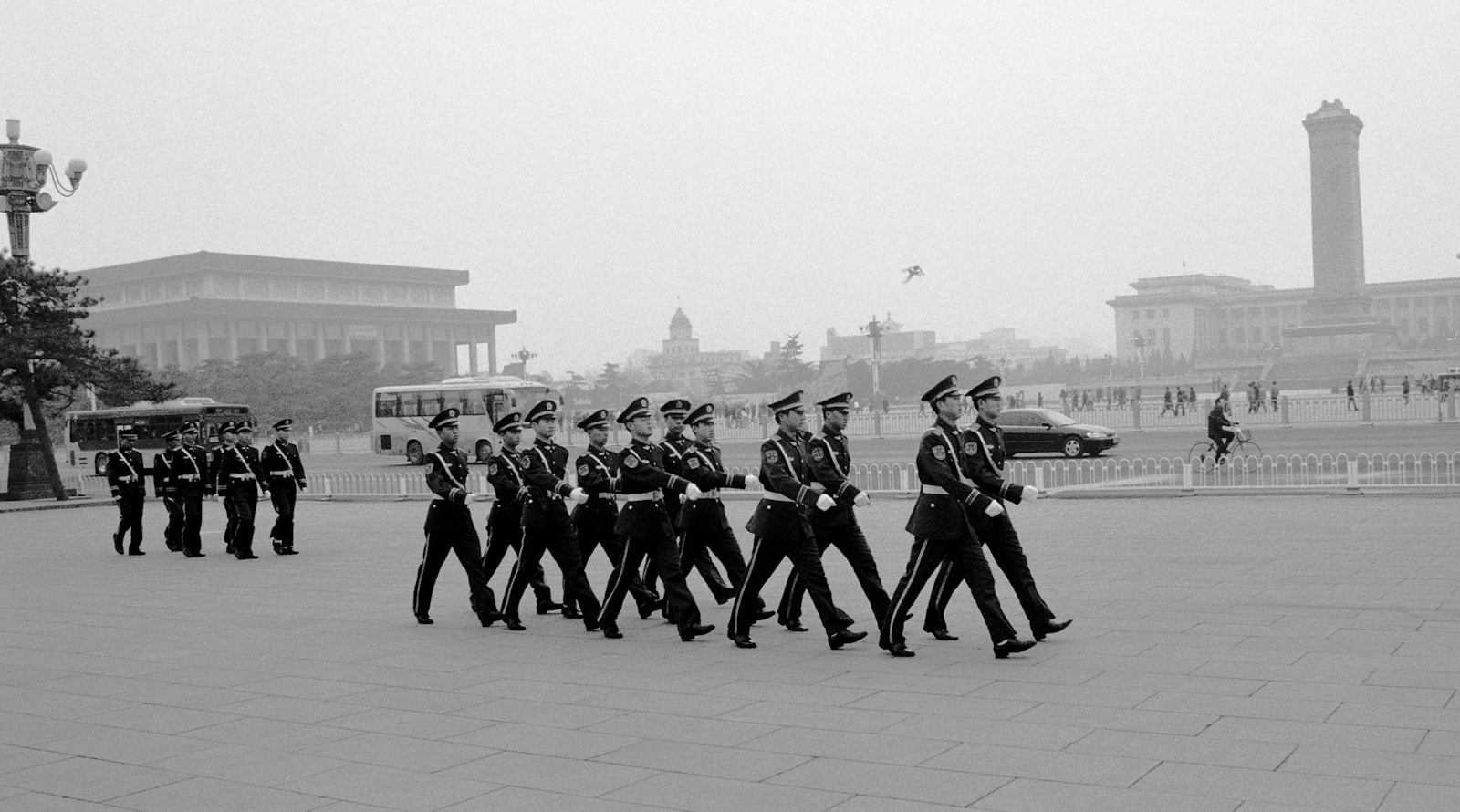
China’s Military on Display
The parade showcased a wide range of advanced military technology, much of it unveiled for the first time. Hypersonic missiles, long-range precision strike systems, stealth drones, and advanced bombers were all presented as symbols of China’s modernization efforts. The nuclear triad, representing land, sea, and air-based deterrents, was featured prominently, reflecting Beijing’s determination to strengthen its strategic capabilities.
Chinese social media celebrated the display, with users praising both the technology and the discipline of the troops. Analysts emphasized that the event was as much about rallying national pride as it was about signaling power abroad. For Xi, it demonstrated that despite internal challenges such as corruption investigations within the military, the People’s Liberation Army is advancing rapidly toward his vision of becoming a “world-class” force.
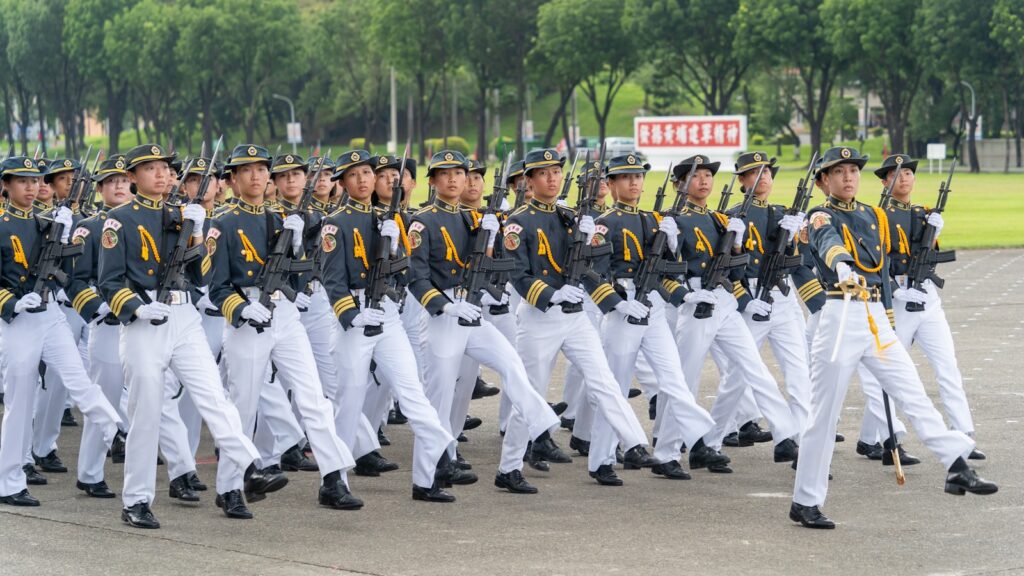
Xi Jinping’s Vision for a World-Class Military
President Xi has long emphasized the need to transform the People’s Liberation Army into a modern, globally competitive force. Standing in a classic black limousine, he inspected the troops, who responded with slogans pledging loyalty to the Party. This moment reinforced the PLA’s discipline and its role in supporting Xi’s leadership.
Xi’s military reforms have restructured the PLA toward joint operations and introduced specialized branches like the Rocket Force, which oversees nuclear capabilities. Heavy investments in new technologies, combined with an expanding naval fleet, have made China’s military increasingly formidable. In his remarks, Xi described national rejuvenation as “unstoppable” and underscored the necessity of a modern military to support that goal.
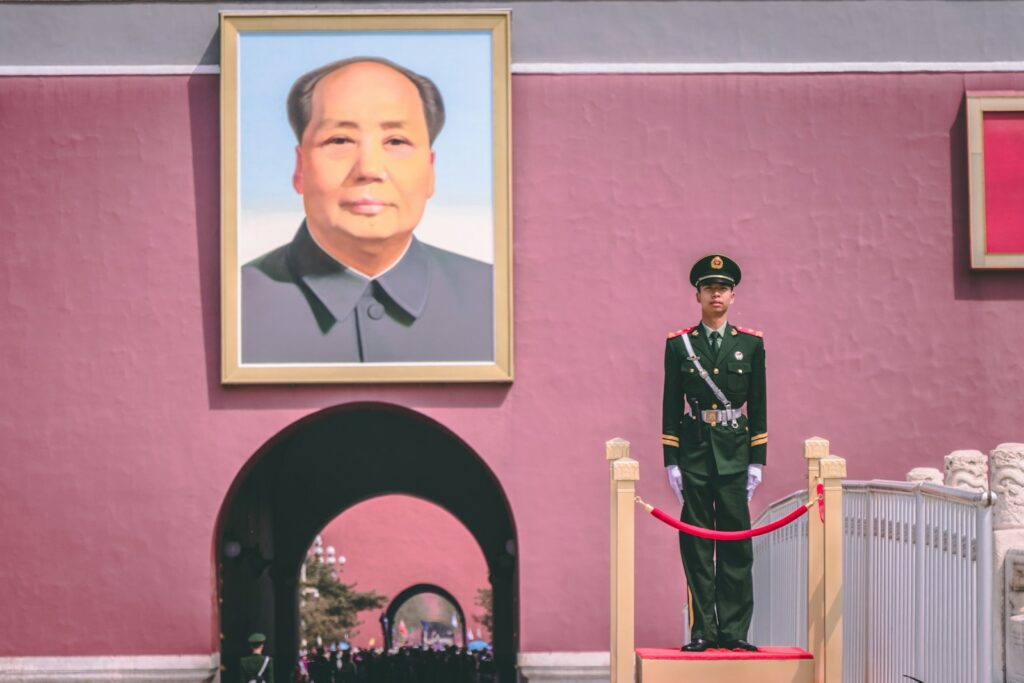
Recasting History and National Pride
While commemorating the 80th anniversary of the end of World War II, the Chinese leadership also used the occasion to strengthen domestic support. Xi’s speech at Tiananmen Gate, beneath a portrait of Mao Zedong, linked the Communist Party’s revolutionary past with its present role as defender of national sovereignty. Dressed in a Mao-style suit, Xi positioned the Party as the guardian of the nation in the face of external pressures.
The emphasis on history was also aligned with Russia’s narrative, highlighting shared perspectives that Western powers continue to impose their models globally. By invoking this history, both Xi and Putin presented their countries as rightful players in shaping a new international system.
China’s Push for a New Global Order
The parade was part of a broader strategy to articulate China’s ambition to reshape the global balance of power. Days earlier, Xi used a regional summit in Tianjin to outline a vision of international governance that contrasted with Washington’s approach. By engaging leaders from across Asia and the Middle East, Beijing signaled its readiness to lead where the United States is seen to retreat.
Analysts noted that China’s message resonated with many countries in the Global South that have grown wary of unilateral policies. By presenting itself as a partner committed to sovereignty and development, Beijing aims to build an alternative network of alliances that supports its long-term strategic interests.
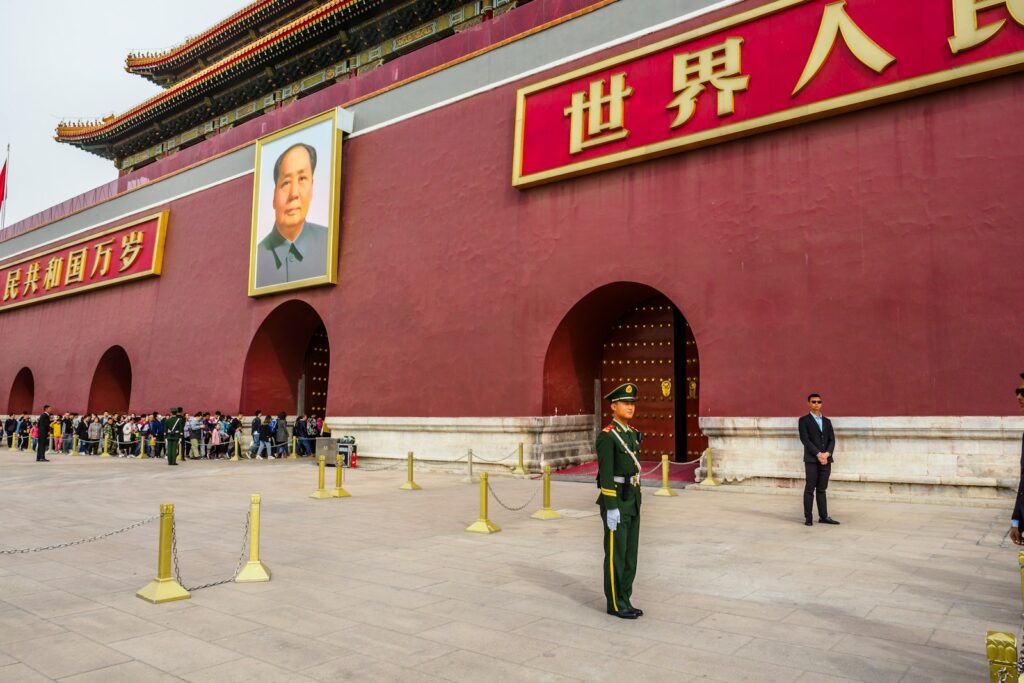
Crafting the Domestic Narrative
Beyond international messaging, the parade was designed to strengthen Xi Jinping’s authority at home. The disciplined marching, coordinated chants, and public displays of loyalty underscored the military’s unity under Party leadership. Social media amplified the event, celebrating both the PLA’s precision and the symbolism of Xi at the center of national strength.
In a period of economic uncertainty and heightened geopolitical friction, the spectacle served to reassure citizens of China’s stability and direction. By connecting national pride with military modernization, Xi reinforced both his leadership and the Party’s central role in guiding China’s future.
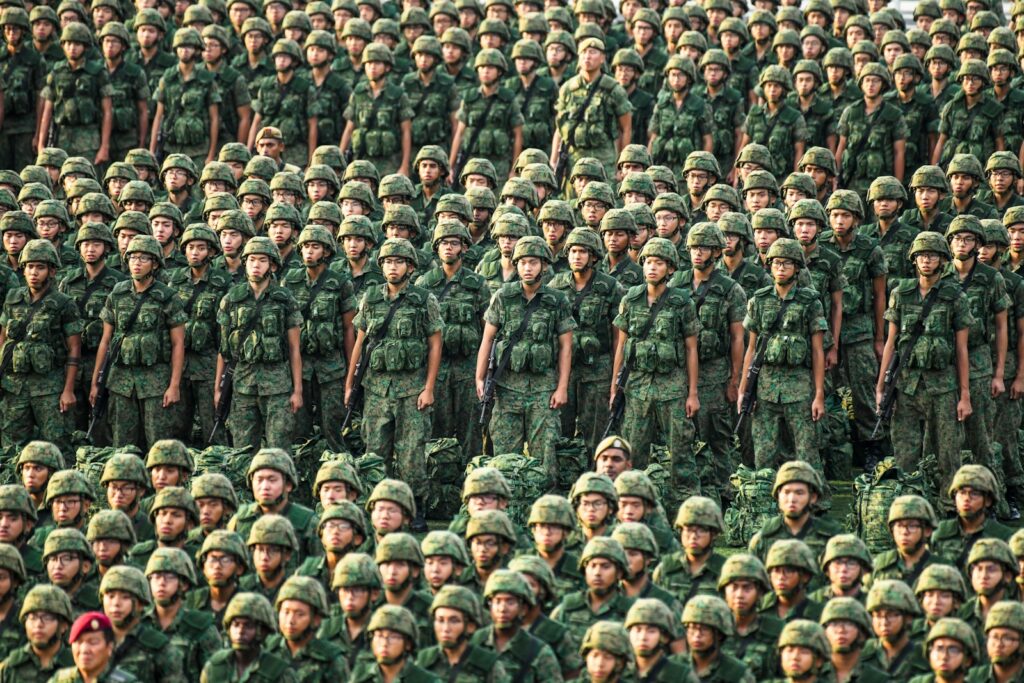
Visual Symbolism and Global Messaging
Every detail of the event was carefully planned for maximum symbolic effect. From Xi’s attire to the choice of a classic Red Flag limousine, the visuals tied China’s present strength to its revolutionary heritage. The release of doves and balloons emphasized peace, even as the military displays highlighted readiness and resolve.
The combined imagery conveyed a dual message: China is both a responsible global power and a nation determined to safeguard its sovereignty. Through this blend of symbolism and strategy, Beijing projected confidence in its trajectory toward global leadership.
A Declaration of Intent
The grand military parade in Beijing was more than a commemoration. It was a declaration of intent, a carefully staged moment that blended history, diplomacy, and military modernization into a single message: China seeks to reshape the global order and place itself at its center.
For Beijing, the spectacle demonstrated both capability and ambition. It rallied pride at home, strengthened ties abroad, and sent an unmistakable signal to Washington. As the parade concluded, the world was left to reflect on China’s evolving role and the challenges of a new geopolitical landscape where Beijing intends to be a decisive actor.

